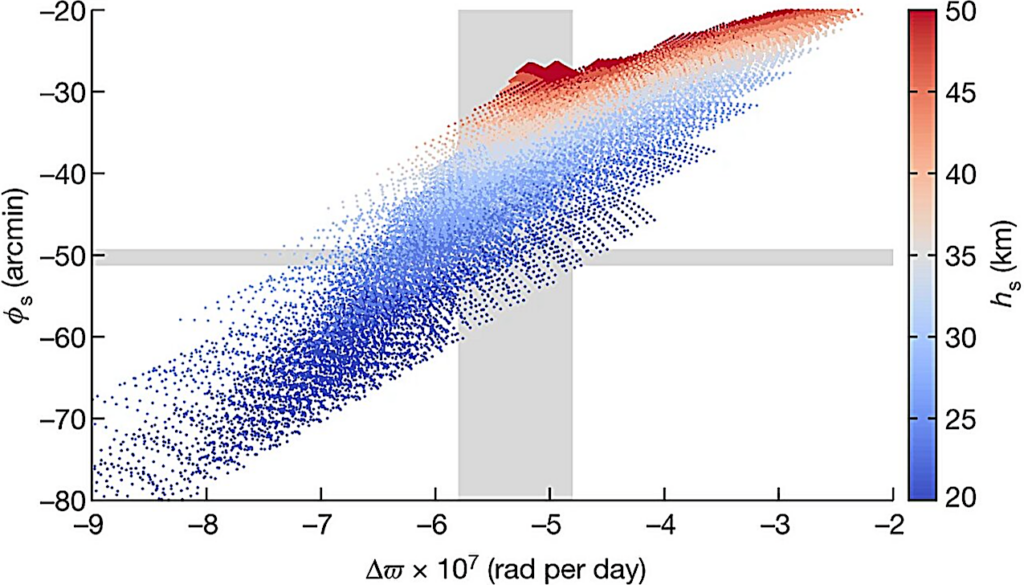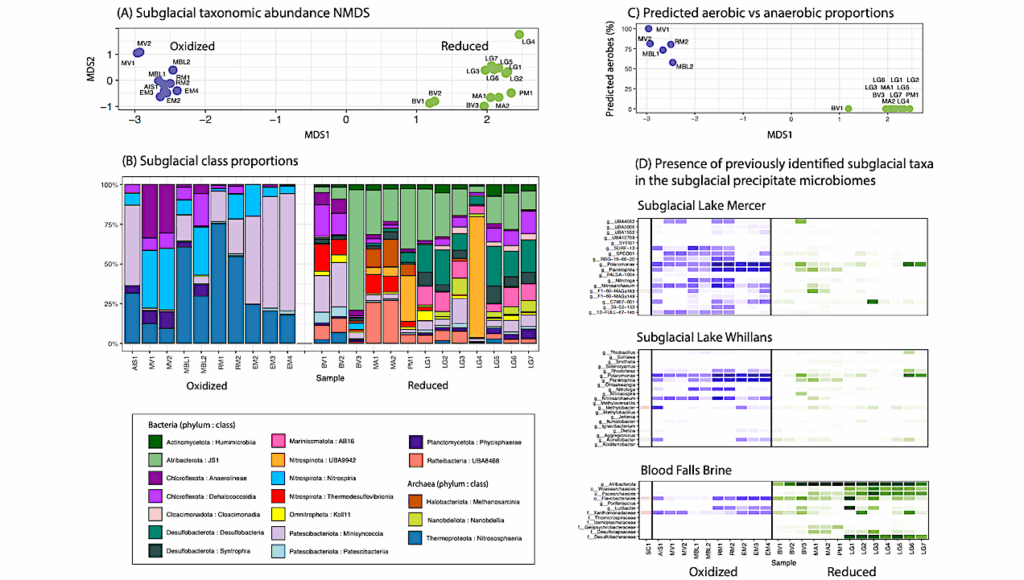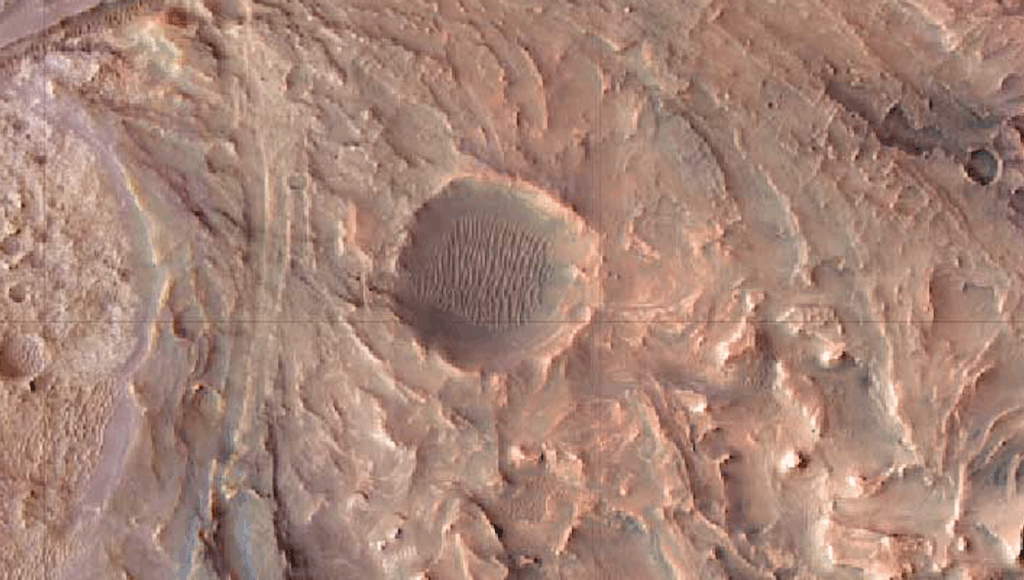Mimas Has A Young Ocean Beneath Its Icy Shell

Hidden beneath the heavily cratered surface of Mimas, one of Saturn’s smallest moons, lies a secret: a global ocean of liquid water.
This astonishing discovery, led by Dr. Valéry Lainey of the Observatoire de Paris-PSL and published in the journal Nature, reveals a “young” ocean formed just 5 to 15 million years ago, making Mimas a prime target for studying the origins of life in our Solar System.
“Mimas is a small moon, only about 400 kilometers in diameter, and its heavily cratered surface gave no hint of the hidden ocean beneath,” says Dr Nick Cooper, a co-author of the study and Honorary Research Fellow in the Astronomy Unit of the School of Physical and Chemical Sciences at Queen Mary University of London. “This discovery adds Mimas to an exclusive club of moons with internal oceans, including Enceladus and Europa, but with a unique difference: its ocean is remarkably young, estimated to be only 5 to 15 million years old.”
This young age, determined through detailed analysis of Mimas’s tidal interactions with Saturn, suggests the ocean formed recently, based on the discovery of an unexpected irregularity in its orbit. As a result, Mimas provides a unique window into the early stages of ocean formation and the potential for life to emerge.

Mimas measurements and ocean models. The amplitude of libration in longitude ϕs and periapsis drift variation Δϖ for different internal structure models with an ocean. The colors represent the thickness of the ice crust hs. The gray areas correspond to the measured libration amplitude and perihelion longitude variation. The dispersion represents sensitivity to the crustal polar and equatorial flattenings (see additional tests in Methods). Credit: Nature (2024). DOI: 10.1038/s41586-023-06975-9
“The existence of a recently formed liquid water ocean makes Mimas a prime candidate for study, for researchers investigating the origin of life,” explains Dr Cooper. The discovery was made possible by analysing data from NASA’s Cassini spacecraft, which meticulously studied Saturn and its moons for over a decade. By closely examining the subtle changes in Mimas’s orbit, the researchers were able to infer the presence of a hidden ocean and estimate its size and depth.
Dr Cooper continues: “This has been a great team effort, with colleagues from five different institutions and three different countries coming together under the leadership of Dr Valéry Lainey to unlock another fascinating and unexpected feature of the Saturn system, using data from the Cassini mission.”
The discovery of Mimas’s young ocean has significant implications for our understanding of the potential for life beyond Earth. It suggests that even small, seemingly inactive moons can harbor hidden oceans capable of supporting life-essential conditions. This opens up exciting new avenues for future exploration, potentially leading us closer to answering the age-old question: are we alone in the universe?
A recently-formed ocean inside Saturn’s moon Mimas, Nature
Astrobiology








